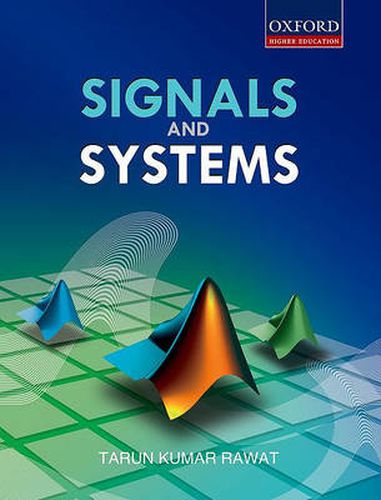Readings Newsletter
Become a Readings Member to make your shopping experience even easier.
Sign in or sign up for free!
You’re not far away from qualifying for FREE standard shipping within Australia
You’ve qualified for FREE standard shipping within Australia
The cart is loading…






Signals and Systems is a textbook designed for undergraduate students of engineering for a course by the same title. This textbook uses a student-friendly approach to explain the fundamental concepts of the subject. It includes numerous solved examples with step-by-step solutions for easier understanding of the theoretical concepts.
Beginning with classifying signals, the book moves on to other topics such as convolution and correlation of signals, CTFS, DTFS, CTFT, Sampling, Laplace Transform, and z-Transform. One complete chapter is devoted to MATLAB programs and another chapter is entirely devoted to Hilbert Transform.
The subject matter is presented by illustrating the concepts first through abstract mathematical reasoning and then through solved examples. Solving the number of multiple choice questions and numerical exercises at the end of the chapters will help students to apply the concepts learnt in the chapters.
$9.00 standard shipping within Australia
FREE standard shipping within Australia for orders over $100.00
Express & International shipping calculated at checkout
Signals and Systems is a textbook designed for undergraduate students of engineering for a course by the same title. This textbook uses a student-friendly approach to explain the fundamental concepts of the subject. It includes numerous solved examples with step-by-step solutions for easier understanding of the theoretical concepts.
Beginning with classifying signals, the book moves on to other topics such as convolution and correlation of signals, CTFS, DTFS, CTFT, Sampling, Laplace Transform, and z-Transform. One complete chapter is devoted to MATLAB programs and another chapter is entirely devoted to Hilbert Transform.
The subject matter is presented by illustrating the concepts first through abstract mathematical reasoning and then through solved examples. Solving the number of multiple choice questions and numerical exercises at the end of the chapters will help students to apply the concepts learnt in the chapters.